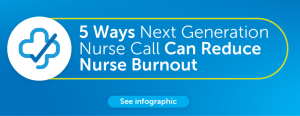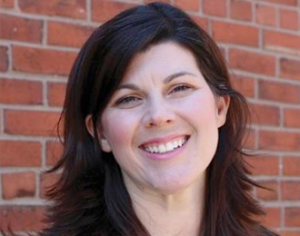3 Phases of Nurse Burnout: Fatigue, Exhaustion, Burnout
by Kourtney Govro
As the mom of a future nurse, I started doing some research into the vast problem associated with Nurse Burnout. Burnout isn’t phase one, like any illness it takes root then it grows. It appears there are three phases: fatigue, exhaustion, and burnout. Each of these phases builds on one another to create the problem we have at hand in the healthcare industry. We are going to be exploring this issue in our blogs as we embark on further research with our clients.
Phase one is fatigue. Fatigue is defined as physical or mental weariness it occurs when a person’s mental and physical abilities are impaired by overwork and overstimulation. Impairment implies one can still accomplish the task, but with a higher risk of error.
Phase two is exhaustion. Exhaustion is defined as an extreme lack of energy or debilitation. In the fatigue state, a person will be impaired during their work, but in exhaustion, they are debilitated or unable to perform their work effectively.
Phase three is Burnout. The final phase is burnout. According to the World Health Organization, nurse burnout is characterized by three dimensions: feelings of energy depletion or exhaustion; increased mental distance from one ’s job or feelings of negativism or cynicism; reduced professional efficacy. I would contend that at this phase the person has moved from being impaired state to a state of inability to perform work – to simply being done. That is the scariest state of all.
’s job or feelings of negativism or cynicism; reduced professional efficacy. I would contend that at this phase the person has moved from being impaired state to a state of inability to perform work – to simply being done. That is the scariest state of all.
In a time when the number three reason for nurse resignation has become retirement for the first time in history, and turnover averages between 18-25% – it’s now more critical than ever that we find ways to identify what is causing and creating fatigue on the units. While we don’t claim to have all the answers, we are committed to being part of the solution. Multiple factors are contributing to the issue, but what is one thing you can do today to help your staff?
Here are three things you can ask your Nurse Call Vendor for to support your efforts:
- How many nurse call alerts are being created by each patient and being received by each caregiver per hour over a given period?
- How many total nurse call alerts are occurring on the unit each shift?
- What are the patients most commonly requesting from their call light system and when?
As we explore these three levels and how to take steps to improve them, we invite you to share your experiences and thoughts with us. We are actively seeking hospitals that are willing to participate in research around these categories with us.
Kourtney Govro
Strategic Advisor
Kourtney Govro has over 20 years of experience in the nurse call business. At just 6 years old she was introduced to the idea when her father became a nurse call distributor. Since then, her love for transforming the nurse call industry has continued to grow. Leading her to start her own successful company, Sphere3, a consulting company that supported hospitals with decisions around leveraging technology to transform the care environment. Critical Alert acquired Sphere3 in 2019 and Kourtney joined the team as a Strategic Advisor.


